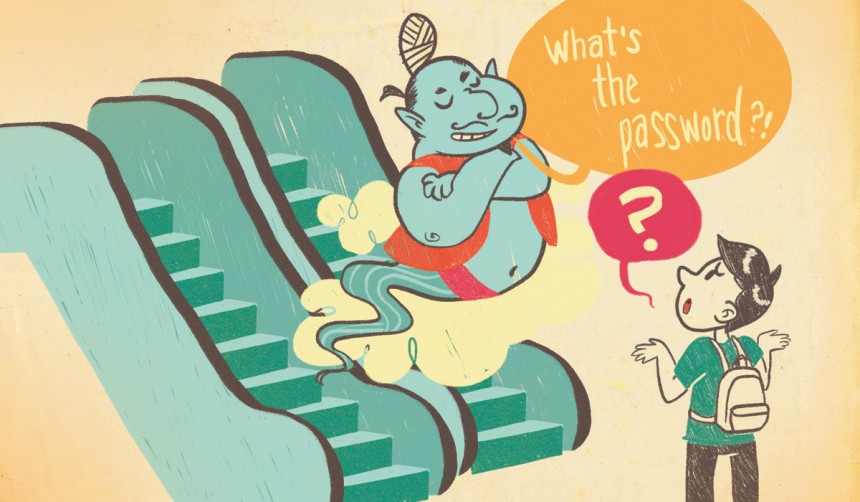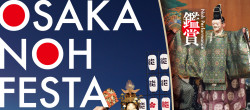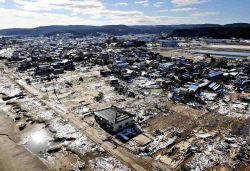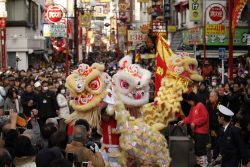
My first encounter with the future began with an escalator.
It was my first day as an exchange student in Tokyo, and I got lost inside the university campus and was running late for an orientation. After going back and forth, I finally found the building that I needed to be in. Relieved, I zipped through the entrance gate to get to the third floor.
The moment of relief, however, was short-lived. As soon as I stepped into the entrance hall, I found myself staring blankly at the escalator in front of me. It was completely still, with no sign of activity.
At one point, I thought I was going mad. Minutes felt like hours, but the escalator remained motionless.
With no staircase in sight, the elevators out of service, and a broken escalator, I wondered to myself, how will I get to the third floor? Will I get to the orientation on time?
Another couple of minutes later, a kind stranger had informed me that the escalator remains inactive until you step closer to it. It was this moment I learnt about the existence of “automatic escalator.”
This was my first blush-making encounter with 21st-century Tokyo. It sure as hell wasn’t the last one, but I shall save the other stories for another time.
After having spent over a decade living in a small coastal town in Australia, returning to Tokyo felt like I traveled forward—or is it back?—to the future. It was surreal to be walking along the streets of places like Roppongi, Omotesando, and Aoyama for the first time in ages; and to think that only a couple of weeks prior, I was hanging out in the bushes and beaches of eastern New South Wales.
As one would imagine, the contrast was absolutely staggering! This must be how John the Savage from Brave New World felt when he arrived at 26th-century London: desperate to try and integrate oneself in an environment that was futuresque and pristine, with everyone around dressed in their slick suits and dresses.
In fact, in the beginning, it was all a little too much for an introverted journalism major, who not too long ago was to-ing and fro-ing between the beaches and hinterland.
The sci-fi factor of Tokyo doesn’t end with city’s technological innovation and its futuristic metropolitan aesthetics; it’s also embedded in their communication style.
What fascinates me with the Japanese people is their near-psychic ability to understand each other without access to explicit information. This unique ability is called “kuuki o yomu,” which literally translates to “reading the air,” and is an essential skill for anyone to have who wants to communicate with Japanese people.
Although this depends on the individual, Japanese people tend to prefer to keep things to themselves. You need to be able to know 10 from hearing one, and deduce details even when only given part of the story.
Before I moved Down Under, I had actually lived in Tokyo for a long time. With 13 years of living in the city down my sleeve, as well as my language proficiency, I was quite confident that I knew Tokyo, its people, and its culture inside and out.
I couldn’t have been more wrong. There’s a lot more to Tokyo and Japan than I could ever imagine. It has been four years since the escalator incident, and though the initial bewilderment of the city has subsided, to live in a high-tech, sci-fi utopia full of psychics can still be a tad overwhelming from time to time.
But just like those automatic escalators, you need to take a step closer to actually get somewhere.







